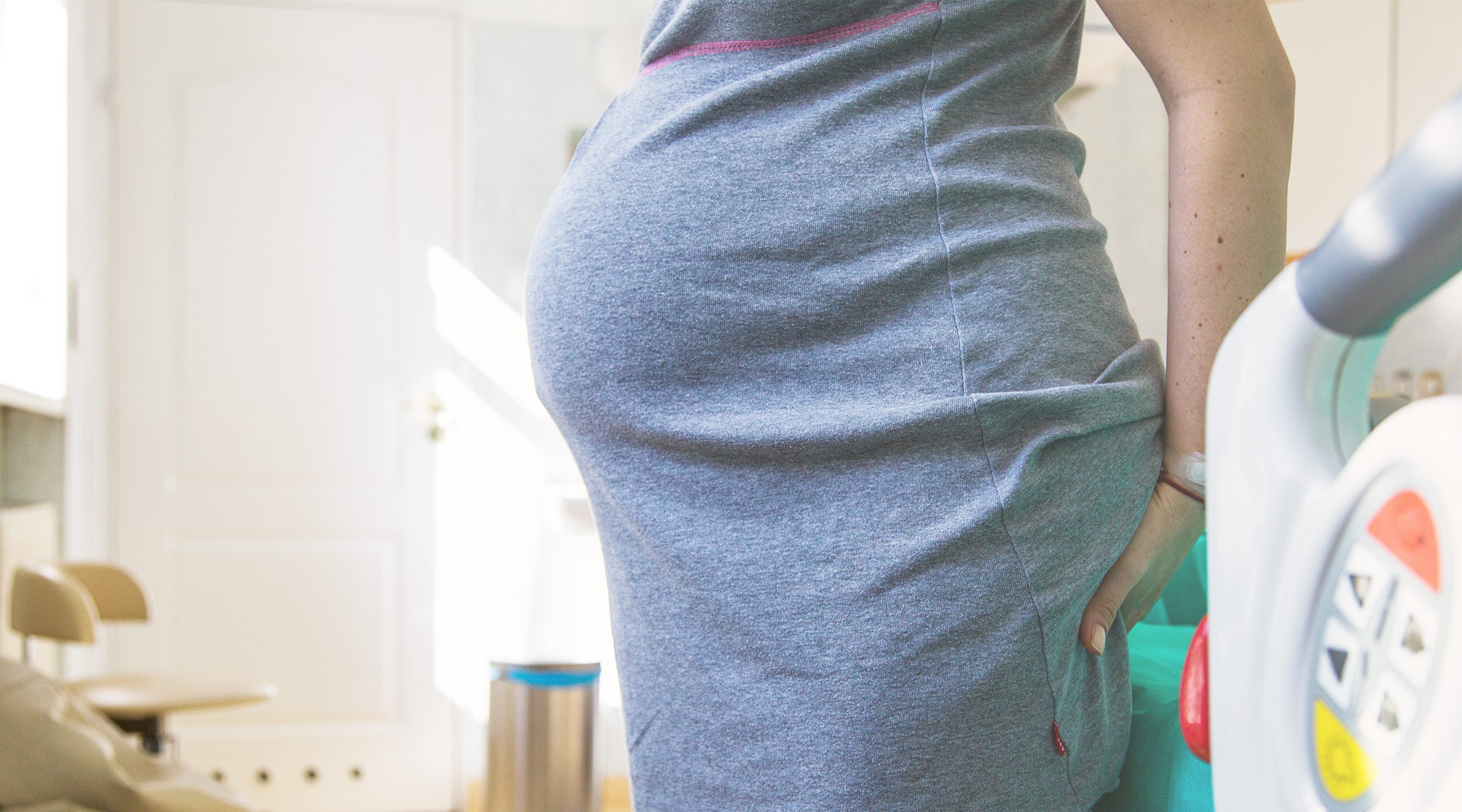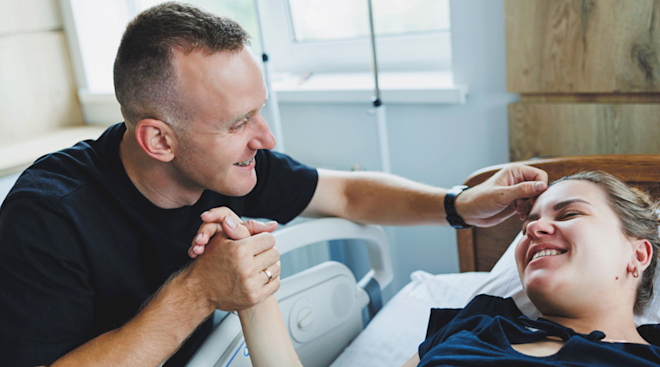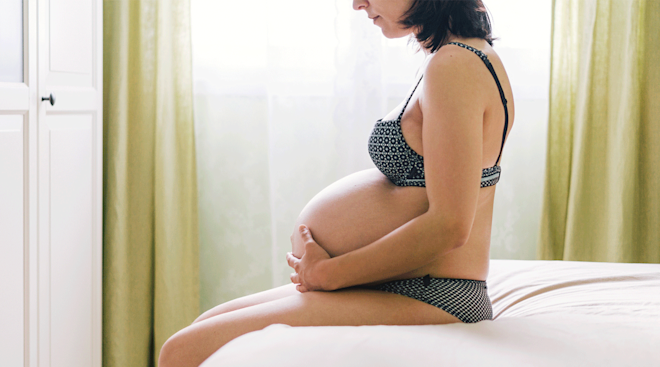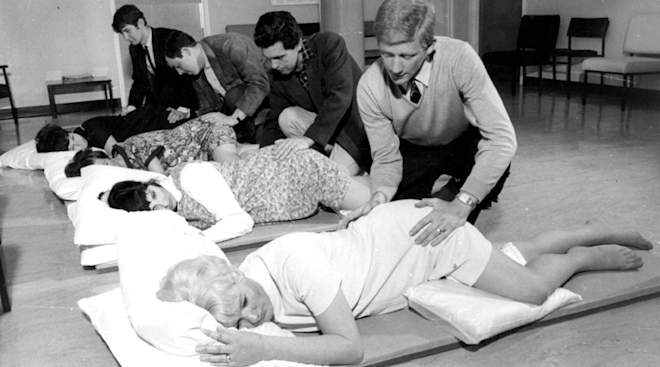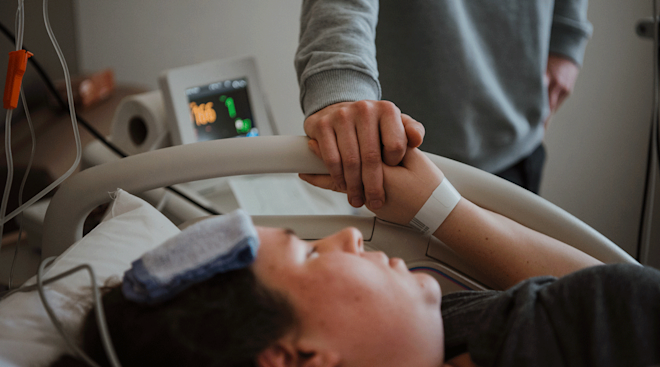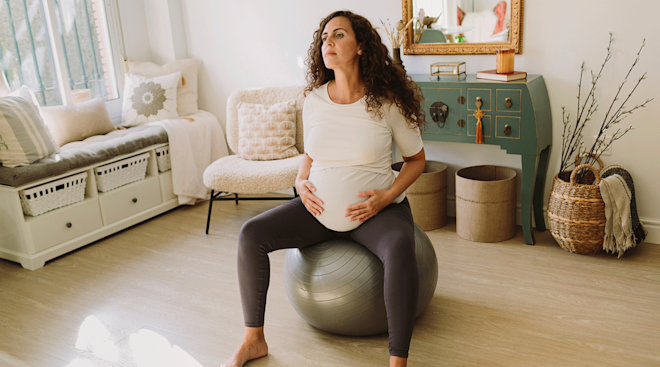Don’t Wait to Push During Labor, Study Says
It’s common for pregnant women to be told not to push during labor until it’s time. The thought process was waiting made things easier and safer for soon-to-be-moms.
That’s not necessarily the case, according to a new study by the Washington University School of Medicine in St. Louis. Once the cervix is fully dilated at 10 centimeters, indicating the beginning of the second stage of labor, it makes no difference whether women wait to push or just go ahead when they feel ready.
The study used 2,400 first-time pregnant women at one of six US hospitals. The women were at least 37 weeks pregnant with a single pregnancy, and all had received epidural anesthesia to reduce labor pain. Once the cervix was fully dilated at 10 centimeters, the women were randomly assigned to either begin pushing immediately or to delay pushing for 60 minutes.
The results for both were nearly identical. From the women in the immediate-pushing group, 85.9 percent delivered vaginally, compared to 86.5 percent in the delayed-pushing group.
But the rates of some rare complications were lower for women who were allowed to push when they felt ready. Specifically, 6.7 percent of the women who began pushing immediately developed an infection, compared with 9.1 percent who delayed pushing. Additionally, where 2.3 percent in the immediate-pushing group suffered severe postpartum bleeding, 4 percent of the delayed-pushing group suffered from the same thing.
And the overall time to birth was on average 30 minutes shorter when women were allowed to push earlier, the researchers found.
“Pushing during labor is physically demanding and intense,” says Alison Cahill, one of the study’s authors. "Our findings can guide providers to better manage the second stage of labor for optimal health for moms and their babies.”
Childbirth is a crazy and wonderful time. Learn about seven surprising things that may happen during pregnancy.
Please note: The Bump and the materials and information it contains are not intended to, and do not constitute, medical or other health advice or diagnosis and should not be used as such. You should always consult with a qualified physician or health professional about your specific circumstances.
Navigate forward to interact with the calendar and select a date. Press the question mark key to get the keyboard shortcuts for changing dates.
































